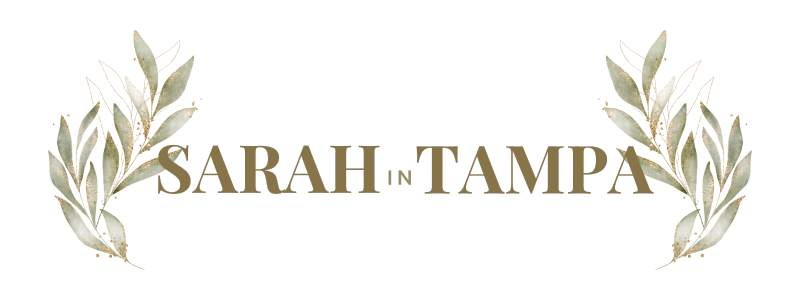A Practical Guide to Reducing Tick and Mosquito Populations in Your Yard
Effective pest control is predicated on one’s ability to identify and manage the environments that foster tick and mosquito populations. Seasoned professionals in tick management in Maine say that ticks often reside in the dense, moist underbrush of forested areas, clinging to tall grasses and waiting for a potential host to approach. They require these environments to thrive.
Similarly, mosquitoes require very little water to breed; something as small as a bottle cap of stagnant water can serve as a nursery for larvae. By rigorously inspecting your yard and addressing areas where water accumulates, and vegetation overgrows, you can disrupt the life cycle of these pests, considerably limiting their presence in your area.
Effective Landscaping Techniques for Pest Control
Maintaining an orderly and well-kept yard is one of the key preventive measures against ticks and mosquitoes. Regularly mowing your lawn, removing leaf litter, trimming hedges, and ensuring proper drainage can eliminate the protective habitats these pests require.
Introducing certain botanicals known for their pest-repellant properties, such as marigolds and lavender, can naturally enhance the beauty and functionality of your garden space. Thoughtful consideration in deciding which plants to include can improve the aesthetics of your outdoor area and serve as a bio-repellent, reducing the necessity for chemical interventions.
The Role of Repellents and Pesticides in Prevention
Some may be unable to keep pest populations at bay without non-chemical measures. In such cases, repellents and pesticides may prove necessary. However, introducing such substances into your environment requires an informed and cautious approach. It is important to select effective treatments against ticks and mosquitoes and pose minimal risk to non-target species and humans.
Whether you opt for natural oil-based repellents or low-impact pesticides, consulting with pest control professionals and adhering to product guidelines can optimize the safety and success of your pest control efforts.
Educating Yourself on the Seasonal Nature of Pests
Understanding the seasonal behaviors and life cycles of ticks and mosquitoes can significantly influence the effectiveness of your pest management strategy. These creatures generally become more active during the warmer months when seeking hosts and breeding grounds.
By adjusting your control measures to be more intensive during these peak periods, such as spring and summer, you can preemptively minimize their populations in and around your yard. Recognizing when and where these pests are likely to be most active allows for targeted, timely interventions that can drastically decrease the likelihood of infestation.
The Benefits of Professional Pest Management Services
Even with the most diligent efforts, some tick and mosquito problems may prove too persistent for the average homeowner to handle alone. In such instances, the expertise of professional pest management services can be invaluable.
Trained specialists possess the knowledge and equipment to implement a comprehensive pest control plan tailored to your situation. They are adept at evaluating the risk factors in your yard and applying effective treatments while being sensitive to environmental considerations. Additionally, many professional services offer regular maintenance plans to provide ongoing protection from these pests.
Encouraging Community Engagement for Wider Impact
Isolated efforts in tick and mosquito control often need to be increased to bring about significant and lasting reductions in pest populations. Instead, fostering community engagement and cooperation can lead to more effective and widespread control.
Through public education campaigns, community cleanup days targeting breeding grounds, and shared knowledge of best practices; entire neighborhoods can increase their protection against these pests. Collective preventative measures, supported by everyone from local health departments to individual homeowners, can reduce the risk for all community members.
Employing Safe Practices for Family and Pet Protection
Consistent and mindful protection practices are essential in safeguarding our families and pets from the dangers of tick and mosquito bites. Personal protection includes using EPA-approved repellents suitable for skin application, dressing in long sleeves and pants during outdoor excursions, and conducting thorough checks for ticks.
Flea and tick preventatives and regular grooming reduce pets’ risk of exposure. These simple yet effective practices are crucial cornerstones in preventing the transmission of diseases from these pests to our loved ones and furry companions.
Leveraging Natural Predators in Your Eco-System
The natural world offers mechanisms for controlling pest populations through the activities of predator species. Birds, bats, and even certain species of insects can be natural allies in the quest to control ticks and mosquitoes.
You can effortlessly bolster your pest control strategy by fostering an eco-friendly environment that attracts these helpful creatures, such as installing bat houses or creating bird-friendly habitats. Integrating biological elements within your landscaping can serve as a long-term, environmentally friendly solution to pest control.
Embracing Sustainability in Pest Control Practices
Employing sustainable pest management practices is an investment in our planet’s health and future generations’ well-being. Strategies such as integrated pest management (IPM), which employ a combination of biological, cultural, physical, and chemical tools, can be effective and environmentally benign.
Water management practices, such as fixing leaky faucets and ensuring proper drainage, can significantly reduce mosquito breeding sites. By making informed, responsible choices in pest control, we prioritize the health of our loved ones and the planet.

